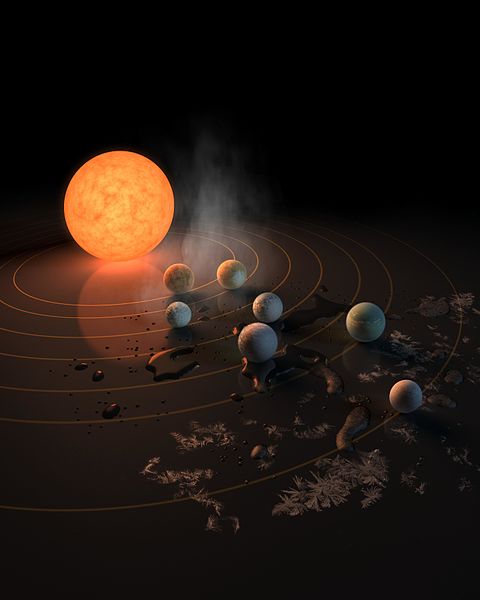
Size of this preview: 480 × 600 pixels. Other resolutions: 192 × 240 pixels | 384 × 480 pixels | 614 × 768 pixels | 819 × 1,024 pixels | 1,638 × 2,048 pixels | 3,200 × 4,000 pixels.
Original file (3,200 × 4,000 pixels, file size: 413 KB, MIME type: image/jpeg)
File history
Click on a date/time to view the file as it appeared at that time.
| Date/Time | Thumbnail | Dimensions | User | Comment | |
|---|---|---|---|---|---|
| current | 18:12, 22 February 2017 |  | 3,200 × 4,000 (413 KB) | PhilipTerryGraham | User created page with UploadWizard |
File usage
No pages on the English Wikipedia use this file (pages on other projects are not listed).
Global file usage
The following other wikis use this file:
- Usage on it.wikipedia.org
- Usage on lt.wikipedia.org
- Usage on vi.wikipedia.org


